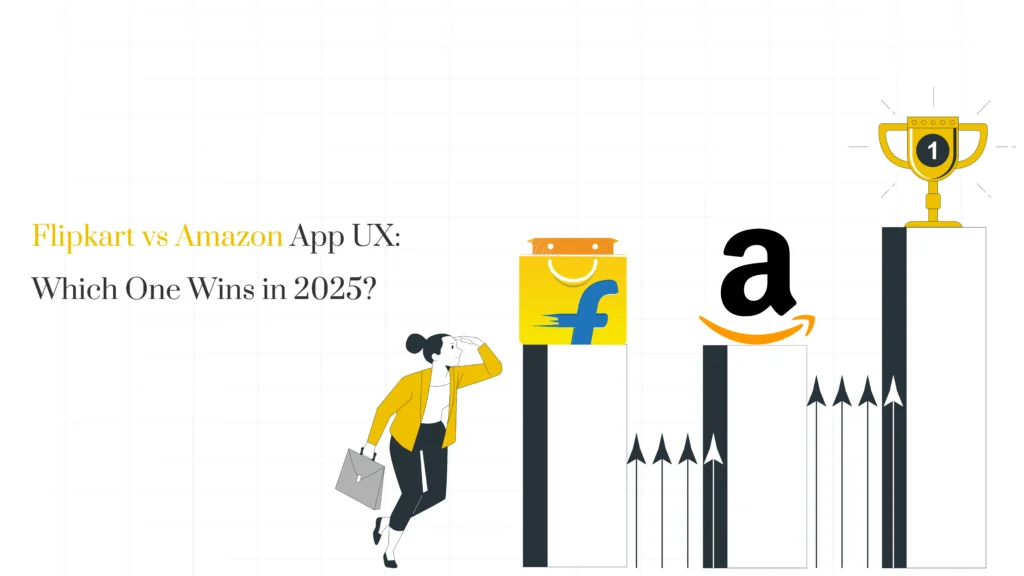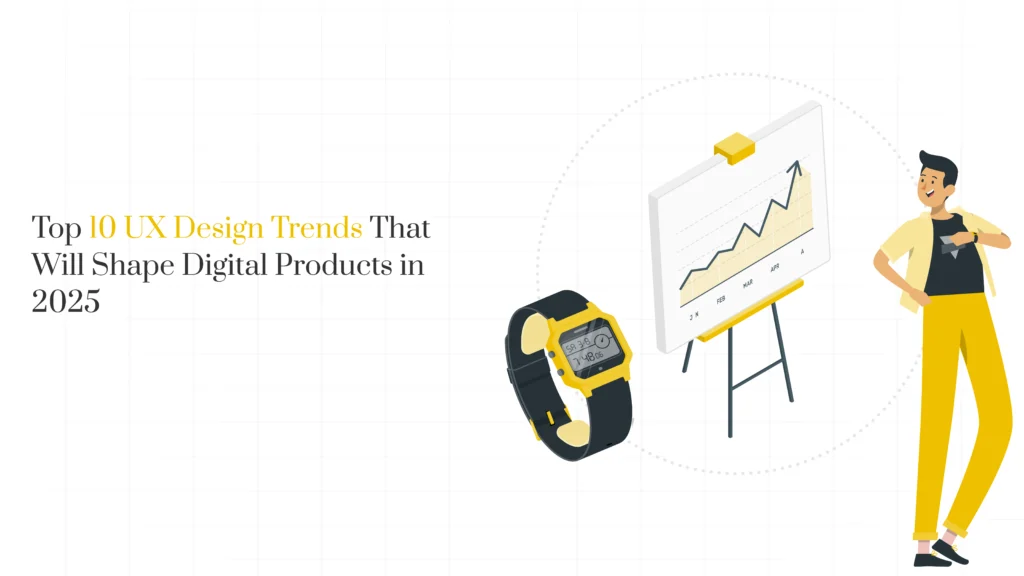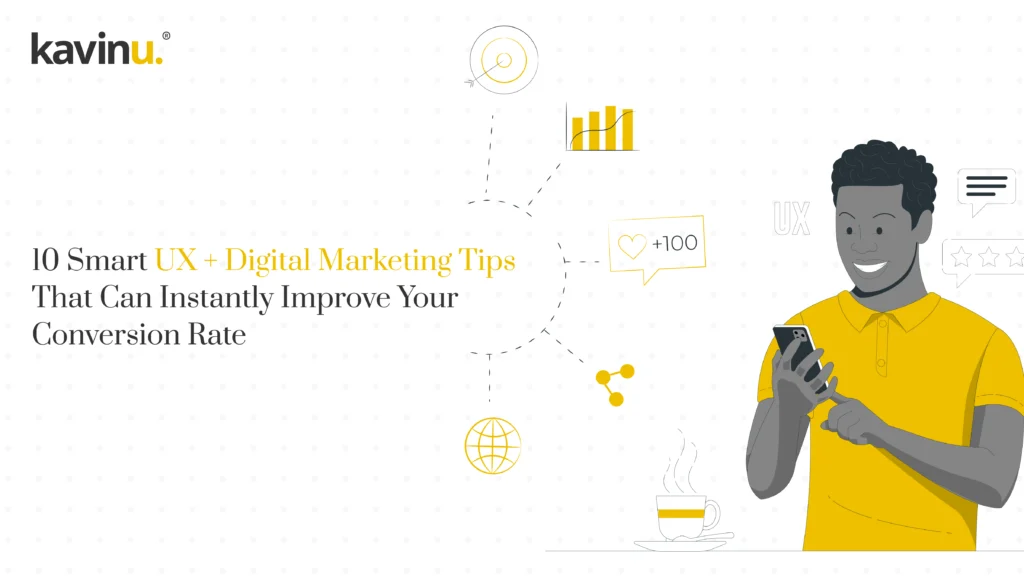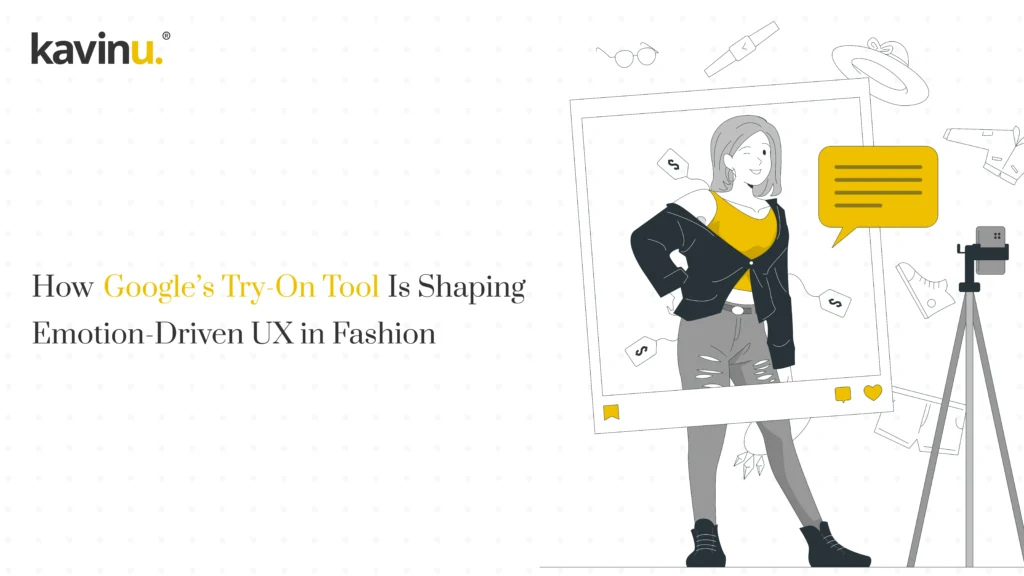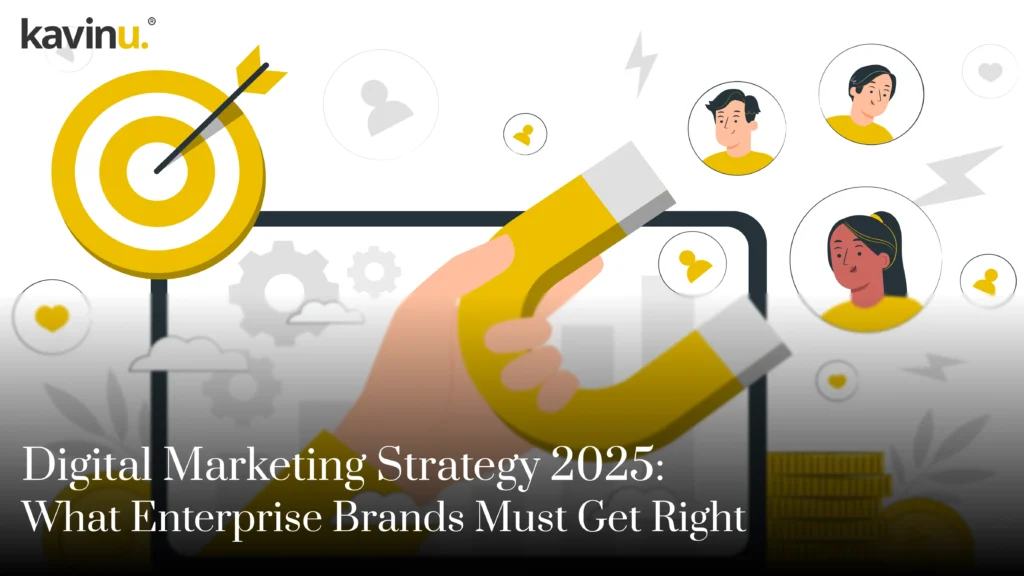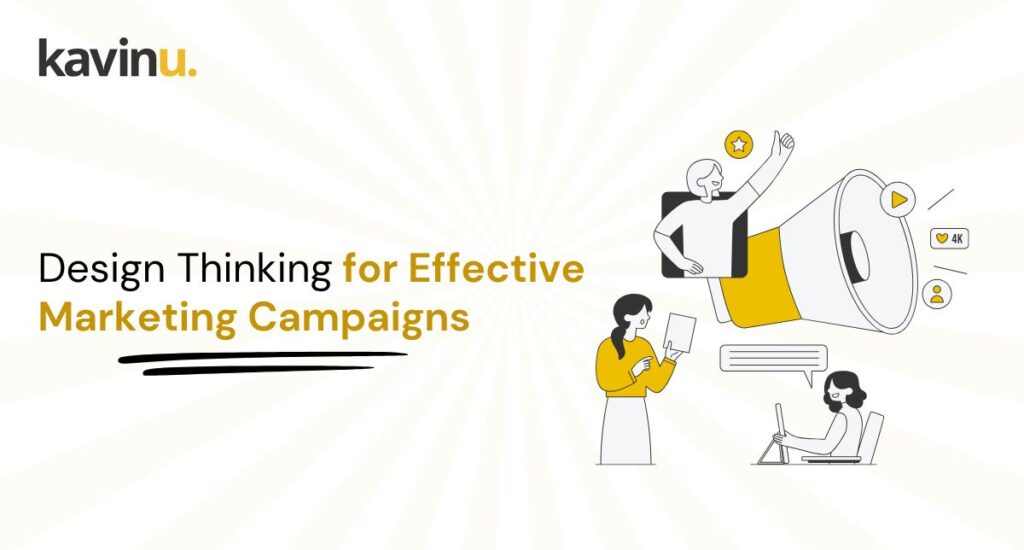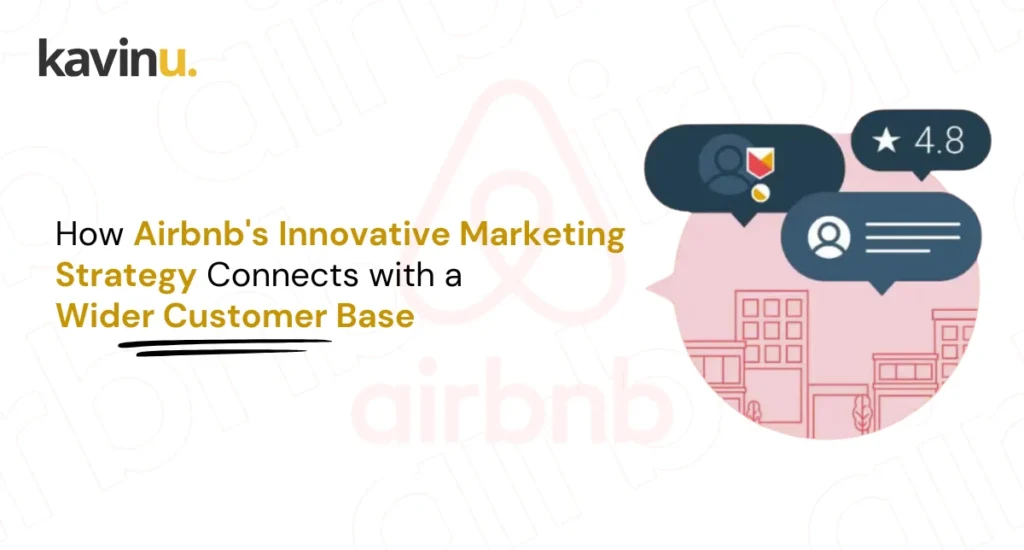Top SEO Agencies in Dubai for 2025: How to Choose the Right One for Your Business
Best SEO Company Dubai 2025 Guide: Top Firms, Costs & How to Choose Right Partnering with the best SEO agency in Dubai brings your page from being invisible to being the on page one of search engines. July 8, 2025 Abiya K 10:00 am Partnering with the best SEO agency in Dubai brings your page from being invisible to being the on page one of search engines. The best SEO companies in Dubai offer transparent strategies, proven results, and localized expertise to help your business rank higher, attract quality leads, and grow sustainably in 2025. In the current technological era, your brand’s currency is your online visibility. It needs more than just browsing if you are choosing top SEO agencies in Dubai for your homegrown brand or a global brand entering into the digital world in the Middle East. To get the attention of the local and global audience, you should have a clear strategy, insight, and a partner with proven expertise in SEO services in Dubai. Now here let’s discover how to find the right SEO agencies in Dubai, how much does it cost in Dubai and which agencies are considered leading with their performance. The Significance of SEO in 2025 Keywords are no longer the only aspect of SEO. By 2025, it will include AI integration, semantic search, user intent modeling, and rich content that appeals to both search engines and people. The main cause? To increase your online invisibility in Dubai, the most lasting approach is still organic SEO. Organic SEO generates long-term ROI, enhances brand trust, and attracts high-quality leads without continuously depleting the budget for sponsored advertisements. Experience Insights: In various UAE sectors over the last ten years, we have audited and worked on over 200 SEO projects. Brand voice, data objectives, and content strategy have been shared by our SEO partners. How to Choose the Best SEO agencies in Dubai for Your Business It’s not about dazzling presentations or overly optimistic results when looking for the best SEO agency in Dubai. Rather, search for: 1. Verified Experience in the Industry Whether you work in e-commerce, fintech, real estate, or hospitality, your SEO partner should speak the same language. Request case studies that support your objectives and industry. 2. Local SEO & Arabic Optimization If you’re targeting the UAE market, ensure they specialize in search engine optimization in Dubai, including Arabic language SEO, local schema, and Google My Business optimizations. 3. Custom SEO Strategies Not Packages Steer clear of organizations that provide “one-size-fits-all” packages. Leading firms offer customized roadmaps that begin with a thorough audit and conclude with KPIs that are based on performance. 4. Open and Honest Reporting A reputable SEO company provides transparent statistics on everything from backlink health to keyword growth, ideally accompanied by monthly strategy calls to reassess the strategy. 5. Technical SEO & Knowledge of Core Web Essentials Find out if they have technical SEO analysts or specialist developers who can deal with crawl optimization, mobile-first indexing, structured data, and site performance. What Is the SEO Cost in Dubai in 2025? Breakdown of SEO Pricing Models: SEO Service Model Average Monthly Cost (AED) Description Freelance SEO 2,000 – 5,000 Best for micro-businesses with basic needs Local Agencies 5,000 – 12,000 Ideal for SMEs focused on Dubai’s regional market International SEO Firms 15,000 – 50,000+ Best for enterprises targeting multiple countries or languages Be wary of cheap SEO cost in Dubai. In many cases, low-cost services lead to black-hat tactics that can damage your rankings in the long term. How to Find a Good SEO Company? Checklist for Vetting an SEO Company: Google Reviews & Testimonials Recent SEO Performance Reports Blog Authority & Case Studies Clear SEO Plan of Action Team Expertise (not outsourced freelancers) Conclusion: Choosing the Correct SEO Partner to Help You Achieve Long-Term Success It takes more than just checking boxes to find the top SEO agencies in Dubai. It all comes down to a common goal, track record, and organic, sustainable growth. SEO is changing more quickly than ever in 2025; thus, your company needs a digital partner that can keep up with the changes. The correct SEO services in Dubai can assist you in creating, growing, and future-proofing your digital footprint, whether you’re starting a multilingual SaaS platform or scaling up a Shopify store. Start Ranking Higher Today – Connect with Dubai’s Best SEO Agencies! FAQ How can you pick the best SEO company for your company? Assess an SEO agency’s performance history, case studies, on-page and off-page knowledge, comprehension of the local market, and openness of communication to select the best one. Select a supplier rather than a partner. What is the price of SEO in Dubai? The size and scope of your company determine how much SEO in Dubai will cost. The range of monthly retainers is AED 2,500 to AED 25,000+. Projects including custom enterprise SEO could cost more than AED 50,000. How can I locate a reputable SEO firm? Seek businesses with clear KPIs, thorough audits, actual evaluations, transparent processes, and strong technical and content strategies. Don’t let guaranteed rankings influence you. Request a free UX + marketing audit today. Let’s build it together
Top SEO Agencies in Dubai for 2025: How to Choose the Right One for Your Business Read More »


